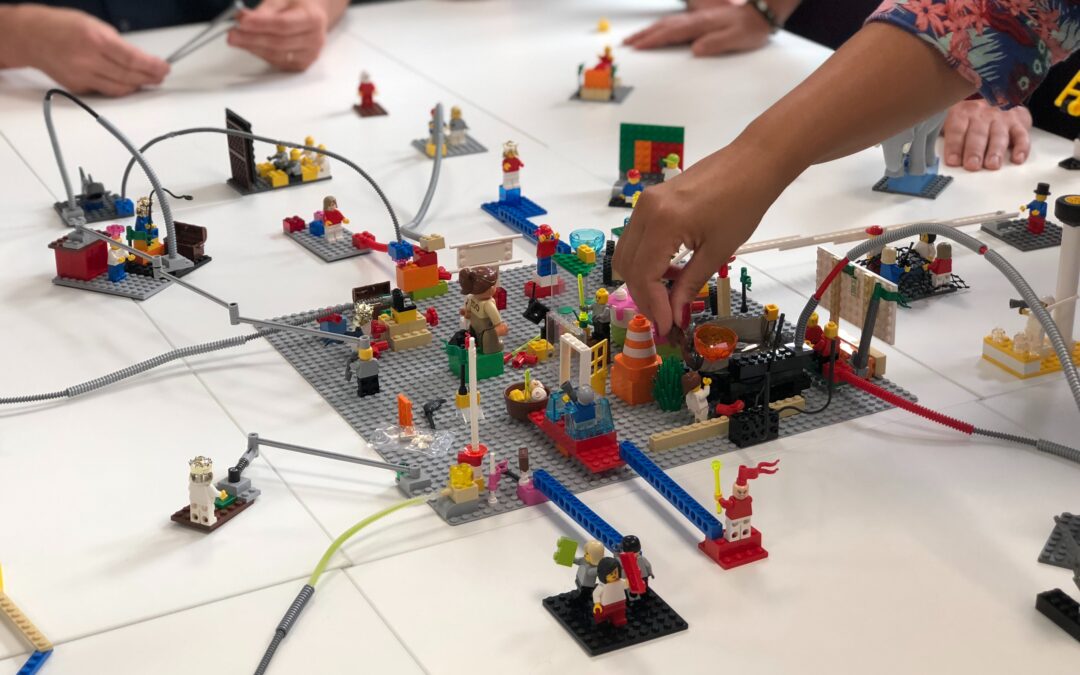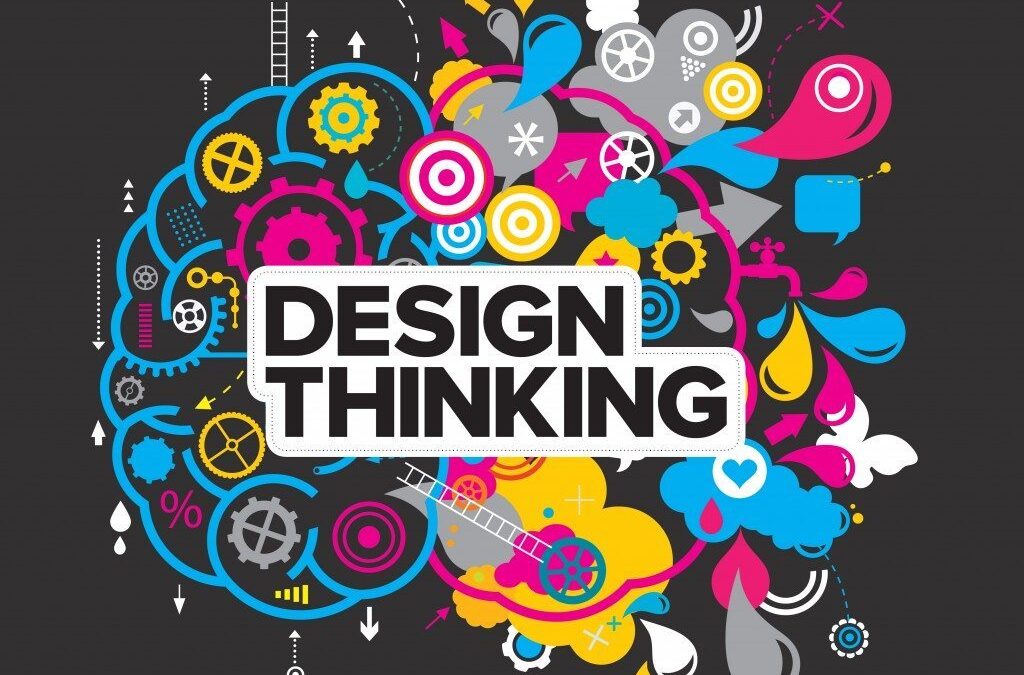
5 Ways to Go Beyond Your Customers & Serve All of Your Stakeholders
Over the past several weeks, I’ve kicked off innovation projects with multiple clients. As usual, my clients are deeply engaged and enthusiastic, eager to learn how to finally break through the barriers their organizations erect and turn their ideas into real initiatives that generate real results.
Things were progressing smoothly during the first kick-off until a client asked, “Who’s my customer?”
I was shocked. Dumbfounded. Speechless. To me, someone who “grew up” in P&G’s famed brand management function and who has made career out of customer-driven innovation, this was the equivalent of asking, “why should I wear clothes?” The answer is so obvious that the question shouldn’t need to be asked.
Taking a deep breath, I answered the question and we moved on.
A few days later, the question was asked again. By a different client. In a different company. A few days later, it was asked a third time. By yet a different client. In yet a different company. In a completely different industry!
What was going on?!?!?
Each time I gave an answer specific to the problem we were working to solve. When pressed, I tried to give a general definition for “customer” but found that I spent more time talking about exceptions and additions to the definition rather than giving a concise, concrete, and usable answer.
That’s when it struck me – Being “customer-driven” isn’t enough. To be successful, especially in innovation, you need to focus on serving everyone involved in your solution. You need to be “stakeholder-driven.”
What is a customer?
According to Merriam-Webster, a customer is “one that purchases a commodity or service.”
Makes perfect sense. At P&G, we referred to retailers like WalMart and Kroger as “customers” because they purchased P&G’s products from the company. These retailers then sold P&G’s goods to “consumers” who used the products.
But P&G didn’t focus solely on serving its customers. Nor did it focus solely on serving its consumers. It focused on serving both because to serve only one would mean disaster for the long-term business. It focused on its stakeholders.
What is a stakeholder?
Setting aside Merriam-Webster’s first definition (which is specific to betting), the definitions of a stakeholder are “one that has a stake in an enterprise” and “one who is involved in or affected by a course of action.”
For P&G, both customers (retailers) and consumers (people) are stakeholders because they are “involved in or affected by” P&G’s actions. Additionally, shareholders and employees are stakeholders because they have a “stake in (the) enterprise.”
As a result, P&G is actually a “stakeholder-driven” company in which, as former CEO AG Lafley said in 2008, the “consumer is boss.”
How to be a stakeholder-driven organization
Focusing solely on customers is a dangerous game because it means that other stakeholders who are critical to your organization’s success may not get their needs met and, as a result, may stop supporting your work.
Instead, you need to understand, prioritize, and serve all of your stakeholders
Here’s how to do that:
- Identify ALL of your stakeholders. Think broadly, considering ALL the people inside and outside your organization who have a stake or are involved or affected by your work.
- Inside your organization: Who are the people who need to approve your work? Who will fund it? Who influences these decisions? Who will be involved in bringing your solution to life? Who will use it? Who could act as a barrier to any or all of these things?
- Outside your organization: Who will pay for your solution? Who will use your solution? Who influences these decisions? Who could act as a barrier?
- Talk to your stakeholders and understand what motivates them. For each of the people you identify by asking the above questions, take time to actually go talk to them – don’t email them, don’t send a survey, actually go have a conversation – and seek to understand they’re point of view. What are the biggest challenges they are facing? Why is this challenging? What is preventing them from solving it? What motivates them, including incentives and metrics they need to deliver against? What would get them to embrace a solution? What would cause them to reject a solution?
- Map points of agreement and difference amongst your stakeholder. Take a step back and consider all the insights from all of your stakeholders. What are the common views, priorities, incentives, or barriers? What are the disagreements or points of tension? For example, do your buyers prioritize paying a low price over delivering best-in-class performance while your users prioritize performance over price? Are there priorities or barriers that, even though they’re unique to a single stakeholder, you must address?
- Prioritize your stakeholder by answering, “Who’s the boss?” Just as AG Lafley put a clear stake in the ground when he declared that, amongst all of P&G’s stakeholders, that the consumer was boss, challenge yourself to identify the “boss” for your work. For medical device companies, perhaps “the boss” is the surgeon who uses the device and the hospital executive who has the power to approve the purchase. For a non-profit, perhaps it’s the donors who contribute a majority of the operating budget. For an intrapreneur working to improve an internal process, perhaps it’s the person who is responsible for managing the process once it’s implemented. To be clear, you don’t focus on “the boss” to the exclusion of the other stakeholders but you do prioritize serving the boss.
- Create an action plan for each stakeholder. Once you’ve spent time mapping, understanding, and prioritizing the full landscape of your stakeholder’s problems, priorities, and challenges, create a plan to address each one. Some plans may focus on the design, features, functions, manufacturing, and other elements of your solution. Some plans may focus on the timing and content of proactive communication. And some plans may simply outline how to respond to questions or a negative incident.
Yes, it’s important to understand and serve your customers. But doing so is insufficient for long-term success. Identifying, understanding, and serving all of your stakeholders is required for long-term sustainability.
Next time you start a project, don’t just ask “Who is my customer?” as “Who are my stakeholders?” The answers my surprise you. Putting those answers into action through the solutions you create and the results they produce will delight you.
Originally published on March 23, 2020 on Forbes.com



